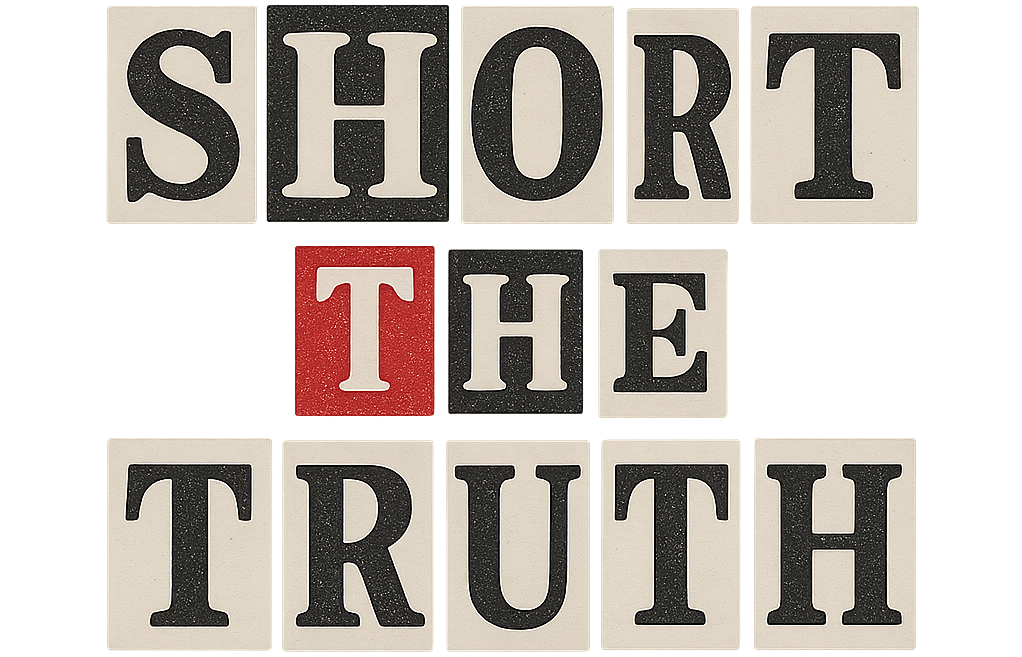After a leisurely stroll through nearly a century of bureaucratic hibernation, France has finally parted ways with a Gustav Klimt painting previously loitering in the Musée d’Orsay, returning it to the heirs of its original Jewish owner who had the misfortune of losing it around the time Nazis were going on their European acquisition spree.
The painting in question, a shimmering portrait charmingly titled “Rosebushes under the Trees,” was painted in 1905 when Klimt was still elbow-deep in golden flourishes. It was owned by Austrian Jew Nora Stiasny who sold it—let’s say under extremely unfavorable terms—in 1938, just a few polite moments after the Anschluss made Vienna even less welcoming than usual for her demographic. Nora was later deported and murdered in the Belzec extermination camp, which, despite not making a peep on TripAdvisor, was tragically efficient at its ghastly purpose.
France, finding the painting among a stash of art brought in post-war under the category “someone around here must have owned this before half of Europe caught fire,” displayed it for decades as part of its national collection. Only in 2021 did the penny finally drop, or rather was nudged downward by provenance research that traced the artwork back to Stiasny’s forcibly liquidated assets.
Culture Minister Rima Abdul Malak called the restitution a “symbolic act of justice,” which is indeed one way to describe finally returning stolen property after a breezy 84 years. The handover ceremony on Monday was solemn, meaningful, and notably free of snack tables. The rightful heirs received the painting with grace and, presumably, a quiet sigh of relief that justice, like a Parisian waiter, may arrive late but in the end does show up.
The heirs have not yet decided what to do with the painting, though experts suspect it will not be going straight to the living room wall above the radiator.
Turns out history may take its time, but art, unlike some governments, never forgets where it came from.

